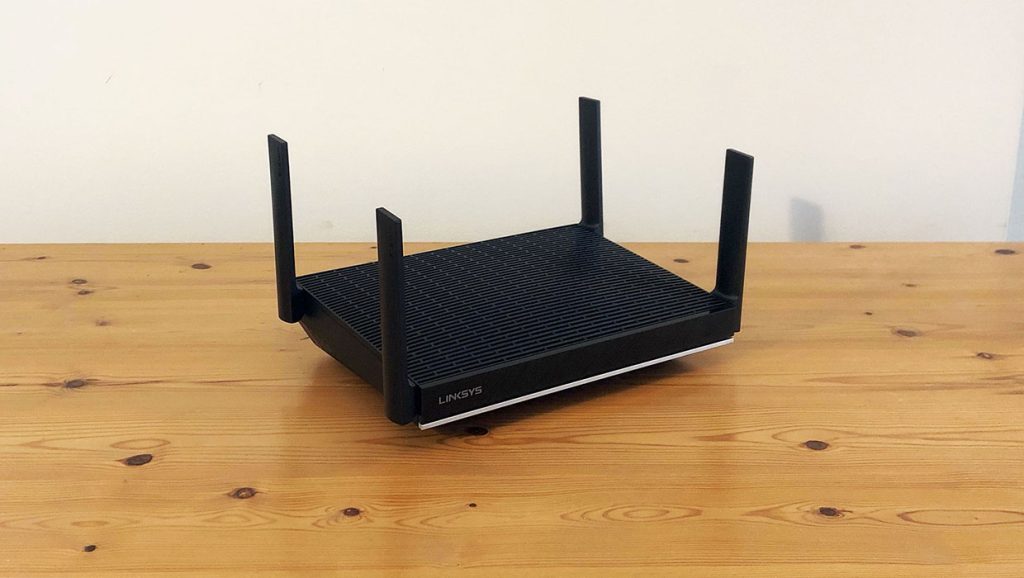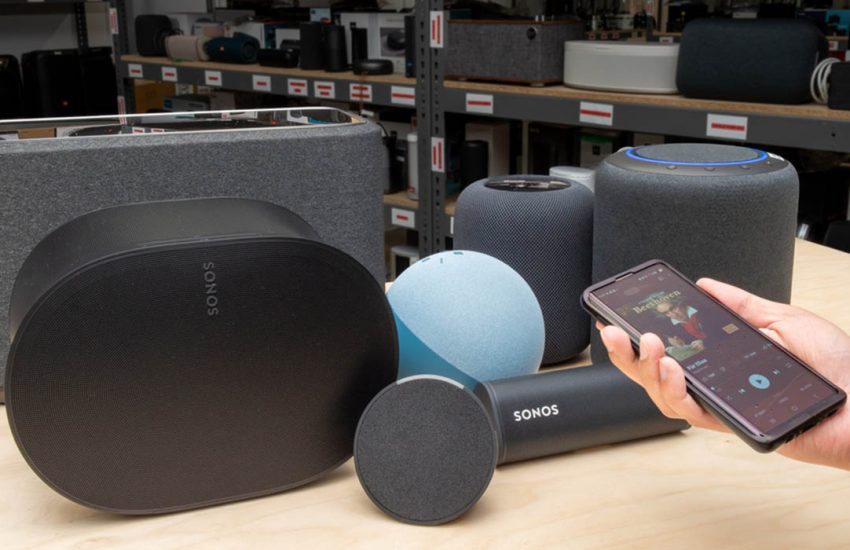What’s the Difference Between 5Gig and 5G?
With the continuous advancement of technology, we have entered a new era of communication where terms like 5G and 5Gig frequently appear in our daily lives and work environments. What exactly are the differences between them? We will delve into the distinctions between these two terms, their respective roles in modern communication networks, and their future developments. For those interested in exploring the latest in communication technologies and making informed decisions, visit [Consumercellular.com] for comprehensive insights and competitive offers on devices compatible with these networks.
Gazelle.com – Buy Smart. Sell Easy.
Trade in your old phone, tablet, or laptop at Gazelle.com and get instant cash offers.
Or shop certified pre-owned devices that look and work like new — all fully tested and guaranteed.
Simple. Secure. Sustainable.
Why So Many Gs?
Before discussing the differences between 5G and 5Gig, let’s first understand why there are so many “Gs” in the first place. From 3G to 4G and now 5G, each new generation of technology brings faster speeds, more reliable connections, and broader application scenarios. The introduction of each new technology means an improvement in mobile internet capabilities, enabling higher quality streaming, cloud computing, and more. The term 5Gig, on the other hand, is relatively new and shares some similarities with 5G but also has significant differences. Let’s explore these in detail.
5G: Designed for Cellular Networks
5G, the fifth generation of mobile communication technology, is the latest wireless communication standard designed to provide higher speeds, lower latency, and more connectivity capabilities for advanced applications. 5G primarily operates over cellular networks, relying on dedicated base stations and network infrastructure to deliver services.
Key features of 5G include:
- High Speeds and Low Latency: 5G can deliver download speeds of up to several Gbps and ultra-low latency, enabling real-time applications like VR gaming and remote surgeries.
- High Capacity: Through efficient spectrum utilization and smart traffic management, 5G supports massive device connectivity and large data transfers.
5Gig: Extremely Fast Fiber Optics
In contrast to 5G, 5Gig focuses more on applications within wired networks. 5Gig, short for “Gigabit Ethernet,” refers to network connections capable of transmitting data rates at the gigabit-per-second (Gbps) level. It is typically used in local area networks (LANs) or home networks to connect devices, transfer large files, and stream high-definition video content.
Key features of 5Gig include:
- High-Speed Data Transfer: 5Gig offers faster transmission rates than traditional Ethernet, meeting the demands for high-speed network connections in modern homes and offices.
- Stability: By utilizing wired connections, 5Gig avoids the interference and signal degradation issues common with wireless networks, ensuring stable data transmission quality.
- Application Scope: 5Gig is commonly used to connect PCs, servers, Network Attached Storage (NAS), and other devices requiring high-speed connectivity.
The Future of 5G and 5Gig: How They Fit into Your Life
In the future, both 5G and 5Gig will continue to play crucial roles, each offering distinct advantages and applicability in different scenarios.
- Advantages of High Fiber Optic Speeds and Bandwidth:
- 5G: Primarily used in mobile communication networks, supporting applications such as smart cities, industrial IoT, and connected vehicles.
- 5Gig: Used in wired networks to provide necessary bandwidth and speed for activities such as HD video streaming, large data transfers, and high-speed internet access.
Do You Need Both 5G and 5Gig Internet?

For consumers and businesses alike, the decision to adopt 5G, 5Gig, or both depends on specific needs and usage scenarios.
- Home Users: If your primary needs involve HD video streaming, online gaming, and fast downloads, 5Gig may be more suitable due to its stable and high-speed wired network connection.
- Mobile Office: If you require mobile connectivity, high-speed internet access, or large data transfers on the go, the advantages of 5G’s high speed and low latency over cellular networks are invaluable.
In practice, many users may benefit from utilizing both 5G and 5Gig networks to leverage their respective strengths fully.
Highlighting Some Excellent Office Products
In addition to selecting the right network equipment for 5G or 5Gig, using excellent office products can further enhance your work efficiency and experience. Here are a few recommended products:
- Linksys MR9600 Wireless Router: Supports both 5Gig Ethernet and WiFi 6 technology, providing stable and high-speed network connections.
The advertiser [Consumer Cellular]offers a perfect solution to solve all your network needs and compatibility issues. - Apple MacBook Pro 2024 Edition: Equipped with the latest M2 processor and 5G-capable network card, suitable for users needing mobile office and high-performance computing.
- Dell UltraSharp U4021QW 40-Inch Ultra-Wide Monitor: Supports 5Gig connectivity, ideal for multitasking and high-resolution display needs in professional settings.
- Logitech MX Master 3 Wireless Mouse: Offers precise control and comfort for extended use, perfect for long hours of office work.
- Synology DS1621+ Network Storage: Supports 5Gig Ethernet connection, providing a high-speed and secure data storage solution.

These products not only leverage the advantages of 5G and 5Gig networks but also bring convenience and efficiency to your work and life.
While 5G and 5Gig may sound similar, they differ significantly in terms of technology, application scenarios, and advantages. Understanding these differences can help us make informed decisions when selecting communication solutions that best suit our needs. Whether you seek high-speed, stable mobile communication or high-speed wired network connectivity for home or office, the information provided in this article will guide you towards making wise choices.
When considering the purchase of 5G or 5Gig network devices, be sure to choose reliable brands and products, such as the advertiser Consumer Cellular mentioned above, to ensure you get the best user experience and long-term performance stability.


